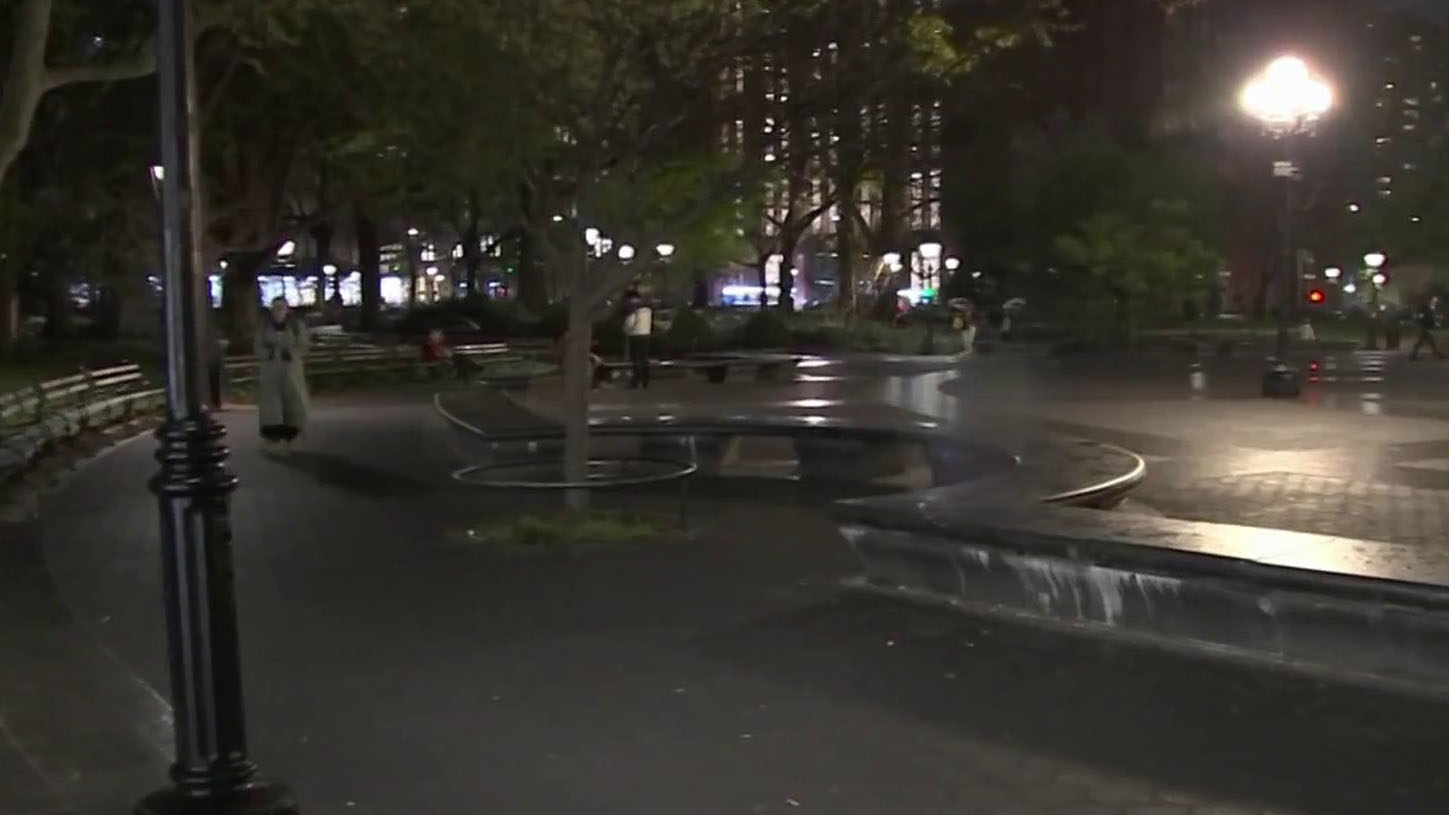After dozens of New York City ambulances became stranded during the blizzard, Fire Commissioner Daniel Nigro is promising more four-wheel-drive emergency vehicles -- but the upgrade will take time.
Scanner recordings from the weekend revealed FDNY ambulance drivers telling dispatchers their wheels were spinning in the snow, and photos posted to social media showed the stuck trucks.
In one photo, neighbors on 69th Place in Middle Village are seen trying to push a stuck ambulance carrying a pregnant woman. The chains on the wheels had come off, witnesses said, and the ambulance was going nowhere.
Another ambulance eventually arrived to take the woman to the hospital, where she safely delivered her baby, and the stuck ambulance was freed by a tow truck operator.
In a briefing Monday, Nigro acknowledged dozens of ambulances got stuck in the historic blizzard. In some cases, he said, tire chains meant to give the vehicles more traction snapped because they were improperly installed.
"I would say that all ambulances being ordered now that that has been the case are now going to be four-wheel drive," he said.
Of the approximately 413 FDNY ambulances in service, 74 of them -- or 18 percent -- are currently four-wheel drive. The department also has a reserve fleet of 77 ambulances, none of which are four-wheel drive.
Local
Even though the FDNY has a long way to go before achieving 100 percent four-wheel drive, New York City compares favorably with neighboring municipalities: currently, none of Nassau County's 44-ambulance fleet is four-wheel drive, and just two of the 60 privately-hired ambulances in Yonkers are four-wheel drive.
Israel Miranda, the president of union DC 37 Local 2507, the union that represents the city's EMTs and paramedics, has often criticized FDNY brass but he says this storm's response is far superior to the 2010 Christmas blizzard, in which more than 200 ambulances became stranded, and in some cases, patient safety compromised.
"If there was a problem, I would be yelling at management but in the big picture of things, it didn't affect patient care in our mission to serve the public," he said.



